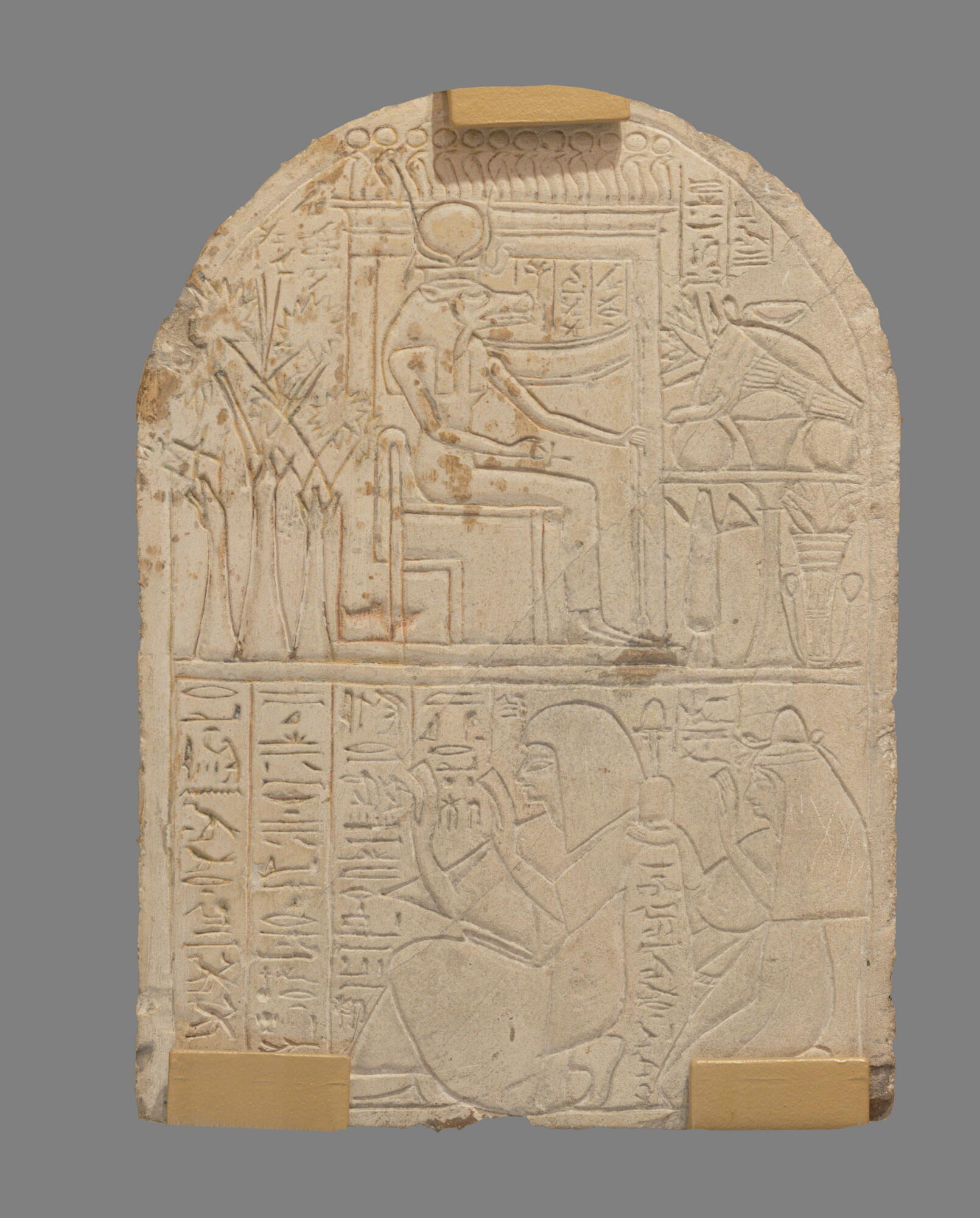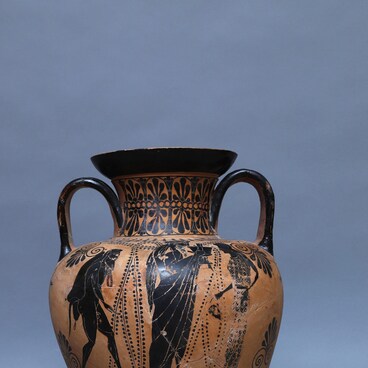Ramose was an ancient Egyptian artist and scribe who served Pharaoh Ramesses II for over 30 years. Ramesses the Great was famous for the successful wars against the Hittite Empire, including the Battle of Kadesh, as well as the campaigns against the Libyans, the Nubians, and the peoples of the Mediterranean region. He reigned for over 60 years and survived 12 of his sons.
Having conquered new lands, Ramesses II became known as the victorious pharaoh who significantly expanded the territory of Ancient Egypt. In the newly conquered areas, he focused on building cities, fortresses, and temples which is why the period of his reign corresponded to the golden age of Egyptian architecture and fine arts. He established the new Egyptian capital of Pi-Ramesses and contributed to the development of the Theban Necropolis.
The construction of pharaoh tombs of the new rock-cut type required the stone masons and artisans to possess great experience and craftsmanship. Such artists were known as “Servants in the Place of Truth” and lived in a special settlement on the west bank of the Nile. The settlement’s ancient name was “Set maat”, or “Place of Truth”. Currently, it is known as “Deir el-Medina”, or “Church of the City”. Ramose was the main artist of the Theban Necropolis and an honorary member of the Valley of the Artists.
Stela of Ramose is a vertical limestone block engraved with hieroglyphic text and images. In Ancient Egypt, such monuments were installed at chapels and mortuary temples. The artist’s reputation and wealth allowed him to create three tombs for the members of his family in the Theban Necropolis which were decorated with such stelas.
Ramose and his wife Mutemwia did not have any children which is why the couple created numerous monuments, mostly stelas dedicated to fertility goddesses like Hathor, Taweret, and Qetesh also known as Kadesh. Stela of Ramose depicts Taweret with generous gifts. She wears a long three-part wig, a crown, and horns with a sun disc between them. In her hands is the symbol of immortality.
The painting of the stela was restored by the Voronezh artists Yelena Volkova and Sergey Bolgov as part of the project “The Egypt of Great Pharaohs” dedicated to the 200th anniversary of the museum’s collection of Ancient Egypt artifacts which is the oldest one in Russia.
Having conquered new lands, Ramesses II became known as the victorious pharaoh who significantly expanded the territory of Ancient Egypt. In the newly conquered areas, he focused on building cities, fortresses, and temples which is why the period of his reign corresponded to the golden age of Egyptian architecture and fine arts. He established the new Egyptian capital of Pi-Ramesses and contributed to the development of the Theban Necropolis.
The construction of pharaoh tombs of the new rock-cut type required the stone masons and artisans to possess great experience and craftsmanship. Such artists were known as “Servants in the Place of Truth” and lived in a special settlement on the west bank of the Nile. The settlement’s ancient name was “Set maat”, or “Place of Truth”. Currently, it is known as “Deir el-Medina”, or “Church of the City”. Ramose was the main artist of the Theban Necropolis and an honorary member of the Valley of the Artists.
Stela of Ramose is a vertical limestone block engraved with hieroglyphic text and images. In Ancient Egypt, such monuments were installed at chapels and mortuary temples. The artist’s reputation and wealth allowed him to create three tombs for the members of his family in the Theban Necropolis which were decorated with such stelas.
Ramose and his wife Mutemwia did not have any children which is why the couple created numerous monuments, mostly stelas dedicated to fertility goddesses like Hathor, Taweret, and Qetesh also known as Kadesh. Stela of Ramose depicts Taweret with generous gifts. She wears a long three-part wig, a crown, and horns with a sun disc between them. In her hands is the symbol of immortality.
The painting of the stela was restored by the Voronezh artists Yelena Volkova and Sergey Bolgov as part of the project “The Egypt of Great Pharaohs” dedicated to the 200th anniversary of the museum’s collection of Ancient Egypt artifacts which is the oldest one in Russia.




